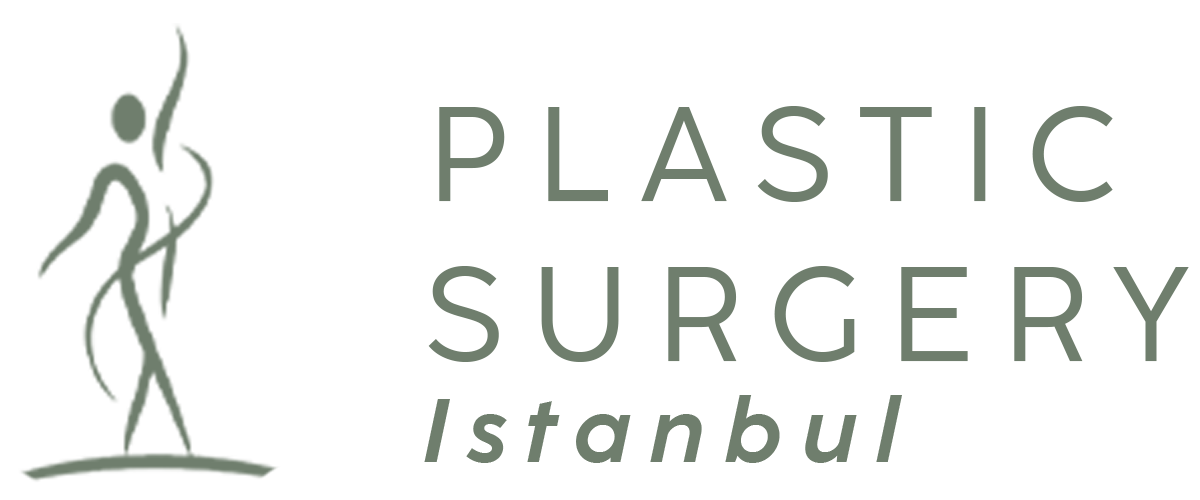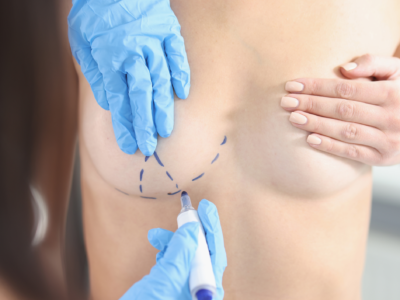Gynecomastia Istanbul
Understanding gynecomastia, often a taboo subject, is essential in addressing the concerns of many individuals worldwide. This guide delves deep into answering the pressing questions surrounding gynecomastia, including what gynecomastia is, the symptomatic manifestations, the critical distinctions between gynecomastia vs fat, and the available avenues for gynecomastia treatment.
What is Gynecomastia?
To initiate our discussion, we first address the fundamental question – what is gynecomastia? Gynecomastia is a condition characterized by the enlargement of breast tissue in males, often resulting from an imbalance of hormones, namely estrogen and testosterone. Understanding what gynecomastia is is the first step towards seeking appropriate gynecomastia treatment.
Gynecomastia Symptoms
Identifying gynecomastia symptoms is pivotal in diagnosing the condition early. The primary symptom is the enlargement of one or both breasts. This enlargement can be accompanied by tenderness and sensitivity in the breast region. Being vigilant about noticing unusual changes and recognizing gynecomastia symptoms can aid in seeking timely intervention.
Understanding the Difference of Gynecomastia Istanbul vs. Fat
A vital aspect to explore is the differentiation between gynecomastia and fat accumulation in the breast region, a common confusion that arises in many individuals. The subsections that follow delineate the characteristic distinctions in the gynecomastia Istanbul vs fat debate. Once diagnosed, the next step is exploring the various channels available for gynecomastia treatment, which encloses lifestyle changes, medical interventions, and surgical approaches, including gynecomastia surgery.
Gynecomastia Surgery Turkey
If you think you have gynecomastia and looking for a more definite solution, gynecomastia surgery is an option. This surgical procedure involves the removal of excess glandular tissue or fat, offering a long-term solution to the problem. It is essential to consult with a skilled surgeon to understand the prospects and the possible outcomes of gynecomastia surgery in Turkey.
Understanding and Treating the Gynecomastia, Istanbul
Understanding gynecomastia involves a holistic approach, beginning with answering the fundamental question of what is gynecomastia, identifying gynecomastia symptoms early on, distinguishing between gynecomastia vs fat, and finally exploring the various options for gynecomastia treatment, including the potential pathway of gynecomastia surgery. Armed with this knowledge, individuals can make informed decisions, walking the path of recovery with confidence and clarity. It’s always recommended to consult with a healthcare provider for personalized guidance.
Gynecomastia Surgery Cost in Istanbul, Turkey
In recent years, Turkey, and more specifically Istanbul, has established itself as a leading destination for various medical procedures, offering quality services at competitive prices. One such procedure that has been gaining prominence is gynecomastia surgery. If you are considering this surgery, a pivotal aspect to consider is the gynecomastia surgery cost. In this article, we explore the various factors influencing the cost of the surgery in Istanbul, offering you a detailed insight to help you make an informed decision.
Surgeon’s Expertise in Turkey
An essential component determining the gynecomastia surgery cost is the surgeon’s fee, which can vary depending on their experience and expertise. Istanbul boasts of housing surgeons with a wealth of experience in performing gynecomastia surgeries successfully, hence the fees might be a reflection of their skills and reputation in the industry.
Facility and Equipment
The choice of the facility is a considerable determinant in the gynecomastia surgery cost. Istanbul is home to high-end hospitals equipped with state-of-the-art technology, thereby ensuring a high standard of care, which might influence the overall cost to a certain extent.
Pre-operative Tests and Consultations
Before the surgery, there are mandatory pre-operative tests and consultations to ensure you are a suitable candidate for the surgery, and these form a part of the gynecomastia surgery cost.
Post-operative Care in Istanbul
The post-operative care including medications and follow-up consultations are integral to the recovery process and are a vital consideration in the overall gynecomastia surgery cost.
FAQ’s
1. What is gynecomastia?
Answer: Gynecomastia is a condition characterized by enlarged breast tissue in males, typically due to hormonal imbalances, certain medications, or underlying health issues. It can affect one or both breasts and is common in newborns, teenagers, and older adults due to natural hormonal fluctuations.
2. What are the symptoms of gynecomastia?
Answer: The primary symptom is an enlargement of the breast tissue, which might also be tender or painful to touch. Individuals might notice a firm or rubbery feel around the nipple area. In some cases, breast discharge can also occur. It is always recommended to consult a healthcare provider if you notice these symptoms.
3. Can weight loss help in reducing gynecomastia?
Answer: While weight loss can help reduce the amount of fatty tissue in the breasts, it may not significantly affect the glandular tissue enlargement seen in gynecomastia. However, maintaining a healthy weight can certainly be beneficial in managing the symptoms associated with the condition.
4. What is involved in gynecomastia surgery?
Answer: Gynecomastia surgery, also known as male breast reduction surgery, involves removing excess glandular tissue and, in some cases, excess skin. This procedure might also include liposuction to remove additional fat tissue. The surgery aims to give a flatter and firmer contour to the chest. Post-operative care involves wearing a compression garment to reduce swelling and support the healing process.
5. What is the recovery time after gynecomastia surgery?
Answer: Recovery time can vary based on the individual and the extent of the surgery. Generally, patients can return to work within a week or two following the procedure. Strenuous activities and exercises should be avoided for about three to six weeks to allow for proper healing. It is essential to follow the surgeon’s advice and guidance throughout the recovery period to achieve the best results.
- Men and Facelifts: Breaking Down Stereotypes in Cosmetic Surgery - March 14, 2024
- Post-Rhinoplasty Skincare: How to Care for Your New Nose - March 14, 2024
- BBL Post-Operative Care Tips: Ensuring a Smooth Recovery - March 13, 2024









